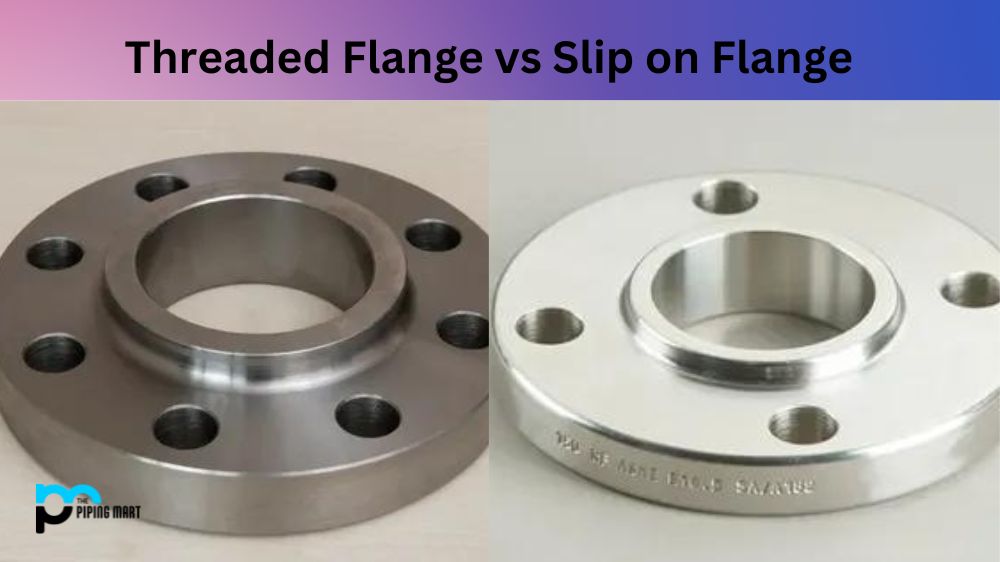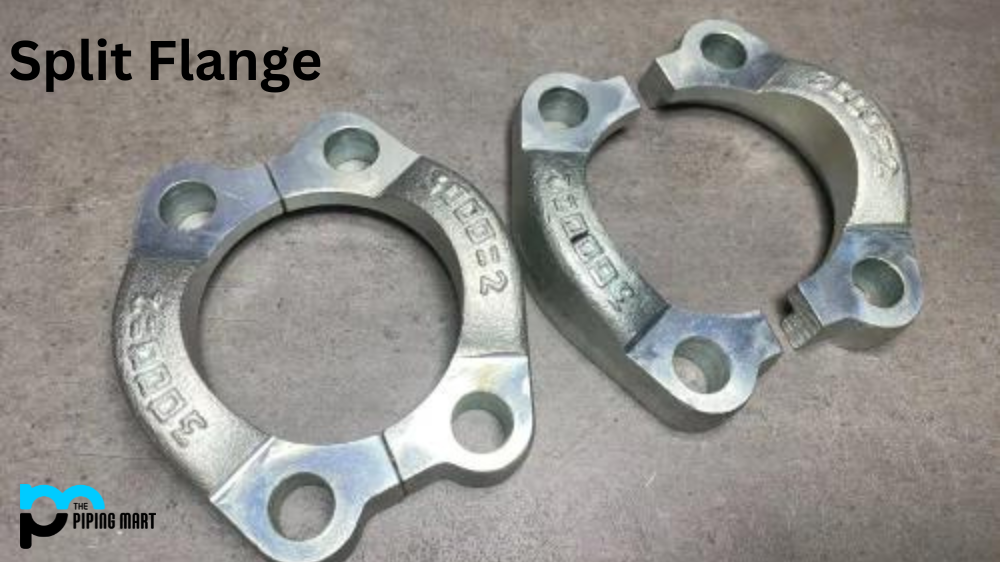When it comes to flanges, a wide variety of options are available. Flanges connect pipes, valves, and other equipment in industrial piping systems. However, choosing the right flange type is crucial for ensuring the system’s most efficient, safe, and reliable operation. Two popular flange options are blind flanges and companion flanges. Although both are used to seal piping systems, they have distinct differences. This blog post will discuss those differences in detail and help you decide which flange option suits your piping system.
Blind Flanges
Blind flanges close off the ends of pipes, valves, or equipment. They are solid discs that have no centre hole. Blind flanges are commonly used in high-pressure applications to seal off piping systems. They are also used to end a no longer-used pipeline. Generally, blind flanges have threaded holes around their edges that allow bolts to pass through. These bolts then hold the flanges in place. The absence of a centre hole in blind flanges makes them less prone to leakage, which makes them the preferred choice for high-pressure applications or systems that have toxic or hazardous materials being carried in them.
Companion Flange
On the other hand, companion flanges are designed to connect pipes of the same size. They have centre holes aligned with the line, allowing fluids or gases to flow. Companion flanges are used to ensure easy removal or maintenance of the piping system. As the name suggests, companion flanges are often paired with other flanges, such as weld neck flanges. They require bolts to secure them while forming a seal around the connecting pipes. Companion flanges must be appropriately aligned before bolt insertion to ensure the system’s full capability.
Difference Between Blind Flange and Companion Flange
One of the significant differences between blind flanges and companion flanges is that blind flanges act as barriers while companion flanges act as connectors in a piping system. Blind flanges ensure a 100% seal against the flow of fluids or gases, while companion flanges ensure the pipe can be easily disconnected or taken apart. While some applications necessitate using one type of flange or another, selecting the right flange in terms of cost savings or usage requirements is crucial.
Another difference between blind and companion flanges is their appearance. Blind flanges are often thicker and more substantial than companion flanges due to the extra thickness needed to ensure an effective seal. At the same time, companion flanges are thinner and more lightweight as they carry out the primary function of merely holding the piping system together.
- A blind flange is a type of flange that has no opening in the centre and is used to seal off the end of a piping system.
- A companion flange is a type of flange that has an opening in the centre and is used to connect two pieces of pipe.
- Blind flanges are typically used in applications where it is unnecessary to have an opening in the piping system, such as in a dead-end line.
- Companion flanges are typically used in applications where it is necessary to have an opening in the piping system, such as in a line that needs to be vented or drained.
- Blind flanges are available in various materials, including carbon steel, stainless steel, and alloy steel.
- Companion flanges are available in various materials, including carbon steel, stainless steel, and alloy steel.
- Blind flanges are typically more expensive than companion flanges due to their construction.
- Companion flanges are typically less expensive than blind flanges due to their construction.
Conclusion
Choosing the correct type of flange for your piping system can be challenging. The distinction between blind flanges and companion flanges might seem minor, but it can significantly impact your piping system’s efficiency, safety, and reliability. You should evaluate your piping system’s requirements to determine the appropriate flange option. If you want to seal off the ends of pipes, valves, or equipment, blind flanges would be ideal. On the other hand, if you’re looking to connect lines of the same size, companion flanges would be a fantastic option. Remember, choosing the right flange ensures the optimal functionality of your piping system, so it’s essential to make an informed decision.

Abhishek is a seasoned blogger and industry expert, sharing his insights and knowledge on various topics. With his research, Abhishek offers valuable insights and tips for professionals and enthusiasts. Follow him for expert advice on the latest trends and developments in the metal industry.




